
Thomas Cole Painting Reproductions 1 of 3
1801-1848
English Hudson River School Painter
Thomas Cole (1801-1848) was an American painter who is best known for his landscapes, particularly those depicting the Hudson River Valley and the Catskill Mountains in New York State. He was one of the founders of the Hudson River School, a group of artists who painted romantic landscapes that celebrated the natural beauty of America.
Cole was born in Bolton-le-Moors, Lancashire, England, on February 1, 1801. His family moved to the United States in 1818, settling in Steubenville, Ohio. Cole's father was a woolen manufacturer, and he encouraged his son's interest in art.
Cole began his artistic training in Philadelphia in 1822, where he studied with the portrait painter Stein. He then traveled to Europe in 1829, spending time in England and Italy. While in Europe, Cole was greatly influenced by the works of the old masters, especially those of the Italian Renaissance.
Upon returning to the United States in 1832, Cole settled in New York City and began to paint the landscapes of the Hudson River Valley. His paintings were highly romanticized and often featured dramatic natural scenery, such as waterfalls and mountains.
Cole's work gained critical acclaim, and he became one of the leading painters of the Hudson River School. In 1836, he married Maria Bartow, with whom he had five children.
In addition to his paintings, Cole was also an accomplished writer and thinker. He wrote extensively on the role of art in society and the importance of preserving America's natural beauty. He was a strong advocate for conservation, and his work helped to inspire the creation of the national park system.
Unfortunately, Cole's career was cut short by his untimely death in 1848, at the age of 47. Despite his relatively short career, he left a lasting legacy as one of America's greatest landscape painters.
Cole was born in Bolton-le-Moors, Lancashire, England, on February 1, 1801. His family moved to the United States in 1818, settling in Steubenville, Ohio. Cole's father was a woolen manufacturer, and he encouraged his son's interest in art.
Cole began his artistic training in Philadelphia in 1822, where he studied with the portrait painter Stein. He then traveled to Europe in 1829, spending time in England and Italy. While in Europe, Cole was greatly influenced by the works of the old masters, especially those of the Italian Renaissance.
Upon returning to the United States in 1832, Cole settled in New York City and began to paint the landscapes of the Hudson River Valley. His paintings were highly romanticized and often featured dramatic natural scenery, such as waterfalls and mountains.
Cole's work gained critical acclaim, and he became one of the leading painters of the Hudson River School. In 1836, he married Maria Bartow, with whom he had five children.
In addition to his paintings, Cole was also an accomplished writer and thinker. He wrote extensively on the role of art in society and the importance of preserving America's natural beauty. He was a strong advocate for conservation, and his work helped to inspire the creation of the national park system.
Unfortunately, Cole's career was cut short by his untimely death in 1848, at the age of 47. Despite his relatively short career, he left a lasting legacy as one of America's greatest landscape painters.
68 Thomas Cole Paintings
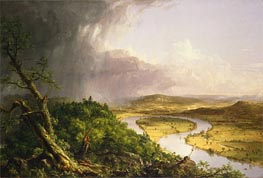
View from Mount Holyoke, Northampton, ... 1836
Oil Painting
$2103
$2103
Canvas Print
$52.00
$52.00
SKU: CTH-4574
Thomas Cole
Original Size: 130.8 x 193 cm
Metropolitan Museum of Art, New York, USA
Thomas Cole
Original Size: 130.8 x 193 cm
Metropolitan Museum of Art, New York, USA
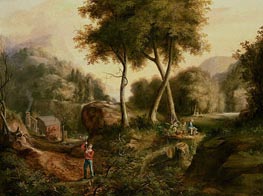
Landscape 1825
Oil Painting
$1703
$1703
Canvas Print
$58.00
$58.00
SKU: CTH-4575
Thomas Cole
Original Size: 60.3 x 80 cm
Minneapolis Institute of Arts, Minnesota, USA
Thomas Cole
Original Size: 60.3 x 80 cm
Minneapolis Institute of Arts, Minnesota, USA
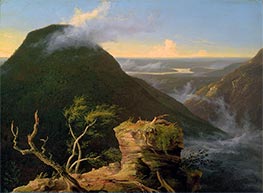
View of the Round Top in the Catskill Mountains 1827
Oil Painting
$1316
$1316
Canvas Print
$56.19
$56.19
SKU: CTH-4576
Thomas Cole
Original Size: 99 x 137 cm
Boston Museum of Fine Arts, Massachusetts, USA
Thomas Cole
Original Size: 99 x 137 cm
Boston Museum of Fine Arts, Massachusetts, USA
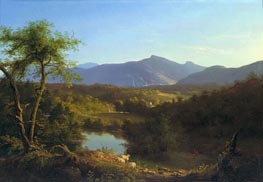
View near the Village of Catskill 1827
Oil Painting
$1739
$1739
Canvas Print
$88.18
$88.18
SKU: CTH-4577
Thomas Cole
Original Size: 62.2 x 88.9 cm
Fine Arts Museums of San Francisco, California, USA
Thomas Cole
Original Size: 62.2 x 88.9 cm
Fine Arts Museums of San Francisco, California, USA
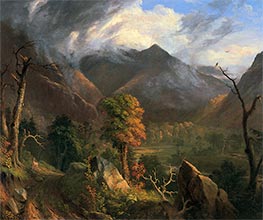
Peace at Sunset (Evening in the White Moutains) c.1827
Oil Painting
$1723
$1723
Canvas Print
$64.13
$64.13
SKU: CTH-4578
Thomas Cole
Original Size: 68.9 x 81.9 cm
Fine Arts Museums of San Francisco, California, USA
Thomas Cole
Original Size: 68.9 x 81.9 cm
Fine Arts Museums of San Francisco, California, USA
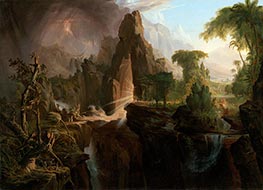
Expulsion from the Garden of Eden 1828
Oil Painting
$2133
$2133
Canvas Print
$55.35
$55.35
SKU: CTH-4579
Thomas Cole
Original Size: 99 x 137 cm
Boston Museum of Fine Arts, Massachusetts, USA
Thomas Cole
Original Size: 99 x 137 cm
Boston Museum of Fine Arts, Massachusetts, USA
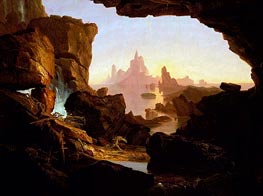
The Subsiding of the Waters of the Deluge 1829
Oil Painting
$2357
$2357
Canvas Print
$57.17
$57.17
SKU: CTH-4580
Thomas Cole
Original Size: 90.8 x 121.4 cm
Smithsonian American Art Museum, Washington, USA
Thomas Cole
Original Size: 90.8 x 121.4 cm
Smithsonian American Art Museum, Washington, USA
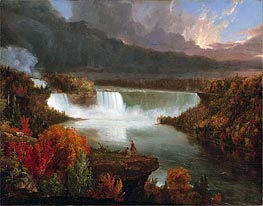
Distant View of Niagara Falls 1830
Oil Painting
$1112
$1112
Canvas Print
$59.40
$59.40
SKU: CTH-4581
Thomas Cole
Original Size: 47.9 x 60.6 cm
Art Institute of Chicago, Illinois, USA
Thomas Cole
Original Size: 47.9 x 60.6 cm
Art Institute of Chicago, Illinois, USA
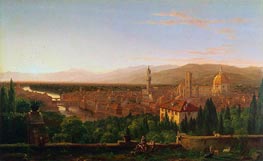
View of Florence 1837
Oil Painting
$6937
$6937
Canvas Print
$50.59
$50.59
SKU: CTH-4582
Thomas Cole
Original Size: 99.5 x 160.4 cm
Cleveland Museum of Art, Ohio, USA
Thomas Cole
Original Size: 99.5 x 160.4 cm
Cleveland Museum of Art, Ohio, USA
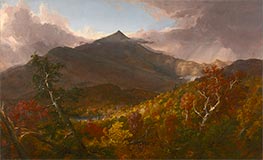
View of Schroon Mountain, Essex County, New York, ... 1838
Oil Painting
$1901
$1901
Canvas Print
$50.59
$50.59
SKU: CTH-4583
Thomas Cole
Original Size: 100 x 160 cm
Cleveland Museum of Art, Ohio, USA
Thomas Cole
Original Size: 100 x 160 cm
Cleveland Museum of Art, Ohio, USA
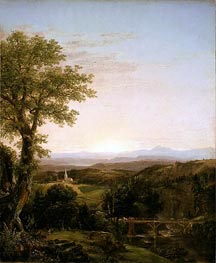
New England Scenery 1839
Oil Painting
$1654
$1654
Canvas Print
$62.74
$62.74
SKU: CTH-4584
Thomas Cole
Original Size: 57 x 46.7 cm
Art Institute of Chicago, Illinois, USA
Thomas Cole
Original Size: 57 x 46.7 cm
Art Institute of Chicago, Illinois, USA
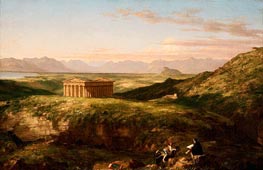
The Temple of Segesta with the Artist Sketching c.1842
Oil Painting
$1538
$1538
Canvas Print
$50.59
$50.59
SKU: CTH-4585
Thomas Cole
Original Size: 49.8 x 76.5 cm
Boston Museum of Fine Arts, Massachusetts, USA
Thomas Cole
Original Size: 49.8 x 76.5 cm
Boston Museum of Fine Arts, Massachusetts, USA
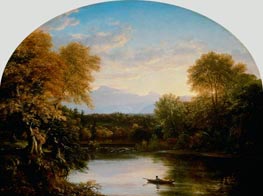
Sunset in the Catskills 1841
Oil Painting
$1512
$1512
Canvas Print
$50.59
$50.59
SKU: CTH-4586
Thomas Cole
Original Size: 57 x 76.2 cm
Boston Museum of Fine Arts, Massachusetts, USA
Thomas Cole
Original Size: 57 x 76.2 cm
Boston Museum of Fine Arts, Massachusetts, USA
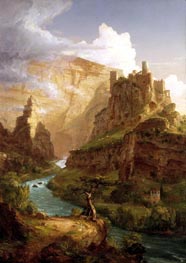
The Fountain of Vaucluse 1841
Oil Painting
$2397
$2397
Canvas Print
$54.09
$54.09
SKU: CTH-4587
Thomas Cole
Original Size: 175.2 x 124.7 cm
Dallas Museum of Art, Texas, USA
Thomas Cole
Original Size: 175.2 x 124.7 cm
Dallas Museum of Art, Texas, USA
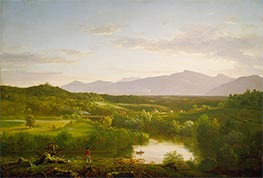
River in the Catskills 1843
Oil Painting
$2013
$2013
Canvas Print
$52.00
$52.00
SKU: CTH-4588
Thomas Cole
Original Size: 70 x 102.5 cm
Boston Museum of Fine Arts, Massachusetts, USA
Thomas Cole
Original Size: 70 x 102.5 cm
Boston Museum of Fine Arts, Massachusetts, USA
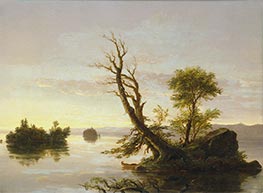
American Lake Scene 1844
Oil Painting
$959
$959
Canvas Print
$56.61
$56.61
SKU: CTH-4589
Thomas Cole
Original Size: 46.3 x 62.2 cm
Detroit Institute of Arts, Michigan, USA
Thomas Cole
Original Size: 46.3 x 62.2 cm
Detroit Institute of Arts, Michigan, USA
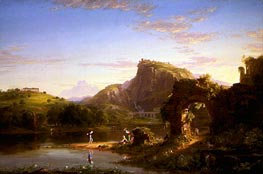
L'Allegro 1845
Oil Painting
$2133
$2133
Canvas Print
$50.59
$50.59
SKU: CTH-4590
Thomas Cole
Original Size: 81.6 x 121.9 cm
Los Angeles County Museum of Art, California, USA
Thomas Cole
Original Size: 81.6 x 121.9 cm
Los Angeles County Museum of Art, California, USA
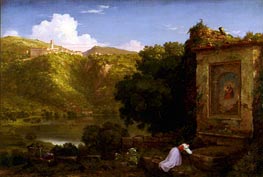
Il Penseroso 1845
Oil Painting
$2013
$2013
Canvas Print
$50.59
$50.59
SKU: CTH-4591
Thomas Cole
Original Size: 82.3 x 122 cm
Los Angeles County Museum of Art, California, USA
Thomas Cole
Original Size: 82.3 x 122 cm
Los Angeles County Museum of Art, California, USA
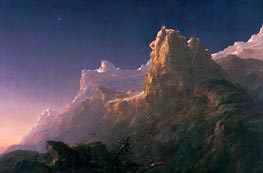
Prometheus Bound c.1846/47
Oil Painting
$1901
$1901
Canvas Print
$83.69
$83.69
SKU: CTH-4592
Thomas Cole
Original Size: 162.6 x 243.8 cm
Fine Arts Museums of San Francisco, California, USA
Thomas Cole
Original Size: 162.6 x 243.8 cm
Fine Arts Museums of San Francisco, California, USA
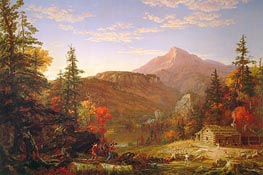
The Hunter's Return 1845
Oil Painting
$1843
$1843
Canvas Print
$51.17
$51.17
SKU: CTH-8452
Thomas Cole
Original Size: 102 x 153.6 cm
Amon Carter Museum, Texas, USA
Thomas Cole
Original Size: 102 x 153.6 cm
Amon Carter Museum, Texas, USA
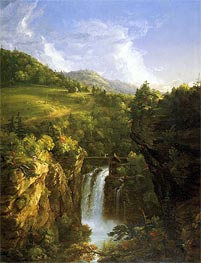
Genesee Scenery (Poop) 1847
Oil Painting
$1555
$1555
Canvas Print
$95.03
$95.03
SKU: CTH-8506
Thomas Cole
Original Size: 129.5 x 99.1 cm
Rhode Island Museum of Art, Providence, USA
Thomas Cole
Original Size: 129.5 x 99.1 cm
Rhode Island Museum of Art, Providence, USA
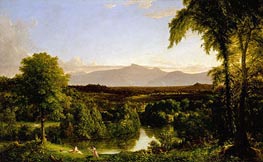
View on the Catskill (Early Autumn Overall) c.1836/37
Oil Painting
$1596
$1596
Canvas Print
$50.59
$50.59
SKU: CTH-12255
Thomas Cole
Original Size: 99.1 x 160 cm
Metropolitan Museum of Art, New York, USA
Thomas Cole
Original Size: 99.1 x 160 cm
Metropolitan Museum of Art, New York, USA

The Titan's Goblet 1833
Oil Painting
$1171
$1171
Canvas Print
$51.13
$51.13
SKU: CTH-12256
Thomas Cole
Original Size: 49.2 x 41 cm
Metropolitan Museum of Art, New York, USA
Thomas Cole
Original Size: 49.2 x 41 cm
Metropolitan Museum of Art, New York, USA
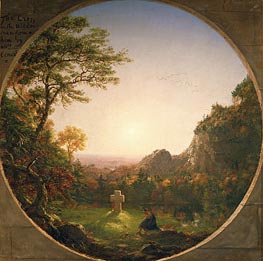
The Lonely Cross 1845
Oil Painting
$1298
$1298
Canvas Print
$76.68
$76.68
SKU: CTH-12257
Thomas Cole
Original Size: 61 x 61 cm
Musee d'Orsay, Paris, France
Thomas Cole
Original Size: 61 x 61 cm
Musee d'Orsay, Paris, France